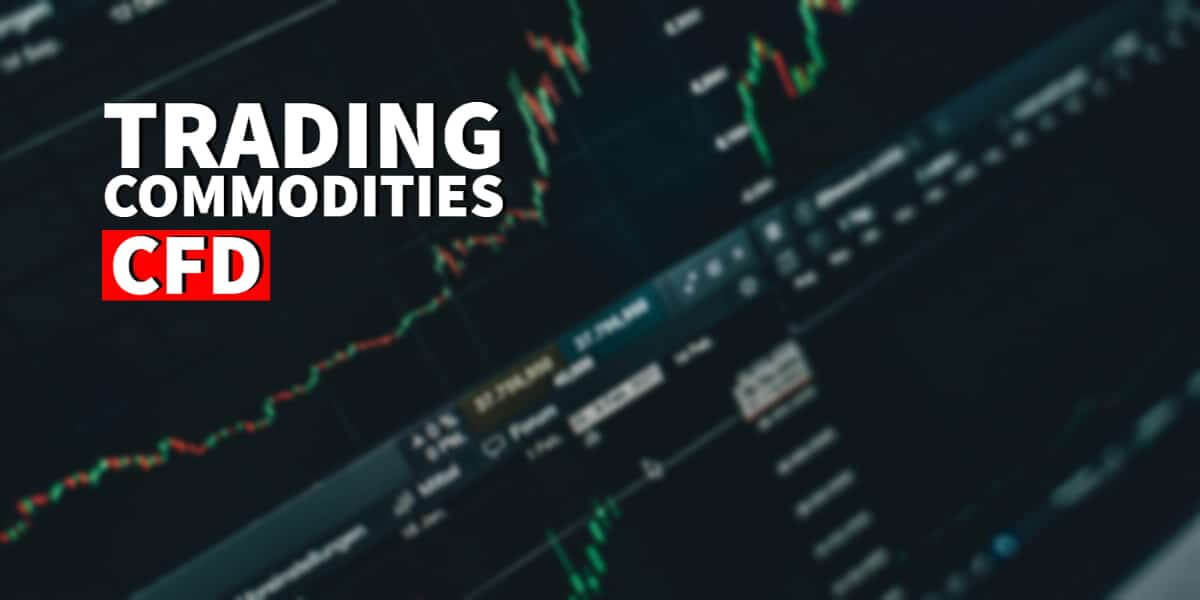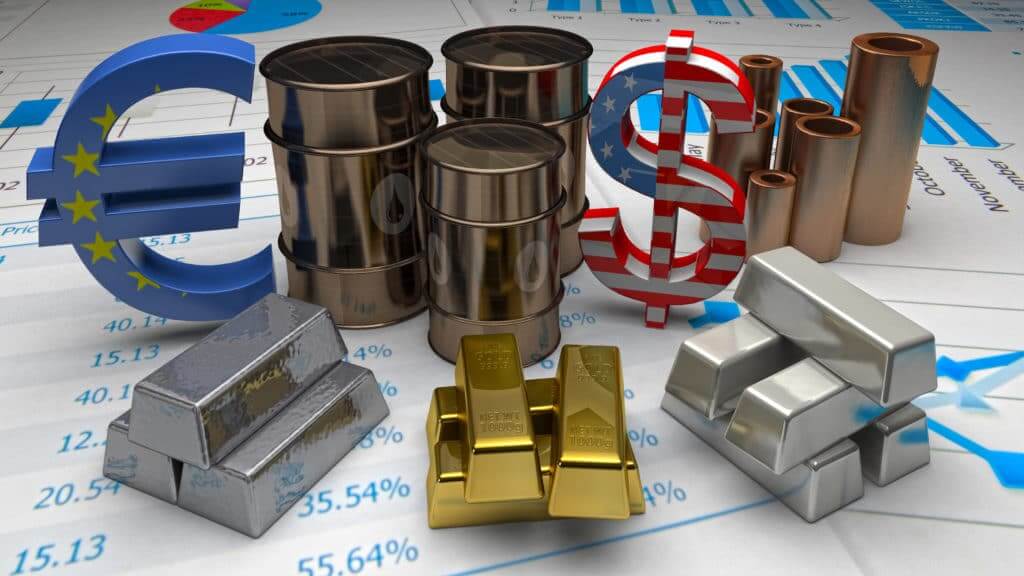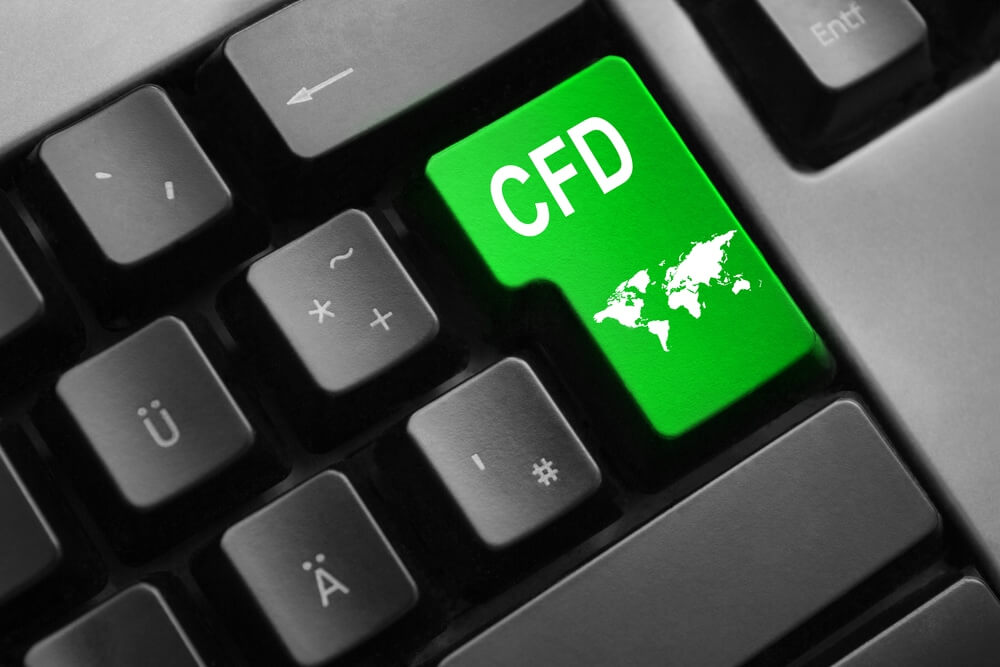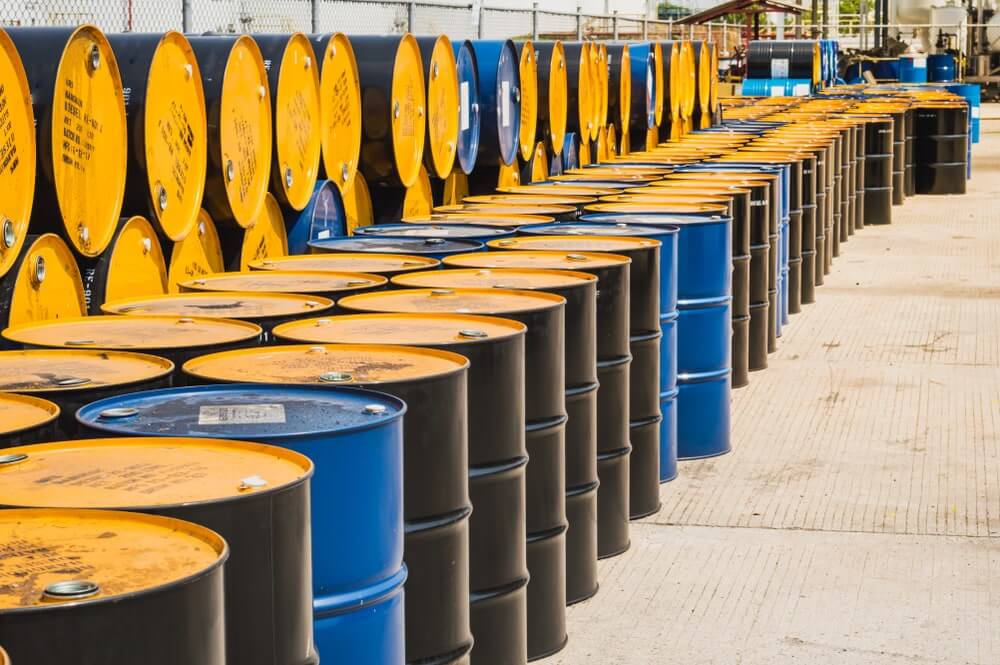
Trading Commodities CFD – Brief Guide
Are you familiar with commodities CFD?
The purpose of the article is to help you better understand the importance of “Commodities CFD.”
People who aren’t familiar with commodities may ask, “Why should they trade commodities?”
The commodity market is huge. It is one of the biggest markets in the world. Furthermore, it isn’t only one of the biggest markets but one of the most liquid as well.
Furthermore, the commodity market is a very easy market to access, with high levels of trading volume and steady levels of supply and demand.
Small groups of big companies dominate the commodity market. Importantly, governments regulate the commodity market.
It is hard to overestimate the impact of influence on commodities. For example, in times of uplifted inflation, oil and other commodities can rise in value compared to other assets.
It is desirable to remember that commodities work in a supply and demand system. Do you know what happens when supply is high, but demand isn’t? In that case, prices go down. On the contrary, when the supply is low and demand is high, prices go up.
Investors, as well as traders, have the ability to determine supply and demand levels by looking at publicly available information and benefit from big price fluctuations.
How are commodities traded?

There are numerous ways that you can add commodities to your portfolio. Whether it is via CFDs, Futures, or ETFs, commodities are a great way to diversify.
One of the most popular ways to actively trade commodities is via CFDs. So, let’s focus on “commodities CFDs.”
First of all, do you know what CFD is?
It stands for Contract For Difference. We need to mention that CFDs are financial contracts
that pay the differences in price between the open and closing trades.
Importantly, they allow investors to trade the direction of commodities over a short period of time.
Commodities are standardized for quality, which means commodities have the same price. It doesn’t matter who produced them, allowing them to be bought and sold on exchanges, as in the case of stocks.
The most popular exchanges are located in Chicago (Chicago Mercantile Exchange), London (London Metal Exchange), and New York (New York Mercantile Exchange).
Most influential commodities market
Someone might ask, “Which is the most influential commodities market?”
It is quite hard to mention only one market. The Chicago Board of Trade is a good candidate for that role.
The history of the above-mentioned commodities market dates back to 1848. Interestingly, the Chicago Board of Trade originally traded only agricultural commodities such as corn and wheat in order to help farmers, as well as commodity consumers, manage risks by removing price uncertainty from the above-mentioned agricultural products.
Today, the Chicago Board of Trade lists options and futures contracts on a wide range of products, including gold, silver, etc.
In 2007, the Chicago Mercantile Exchange merged with the Chicago Board of Trade.
The vast majority of exchanges carry several different commodities, even though some specialize in a single group.
Interestingly, the Chicago Board of Trade wasn’t the only exchange that Chicago Mercantile Exchange acquired. For example, it acquired the New York Mercantile Exchange in 2008. It also acquired the Commodity Exchange, Inc.
In 2007, the New York Board of Trade merged with Intercontinental Exchange, forming ICE Futures U.S.
Why should you use CFDs?

First and foremost, they are a powerful tool for smaller investors.
Thanks to the margin, as well as leverage, commodity trading is way more affordable as you don’t have to purchase the actual asset itself.
Utilizing leverage, you only need to invest a small portion of the funds you can actually trade with. It is noteworthy that CFDs are flexible tools. You have the opportunity to utilize short selling in order to take advantage of bear markets. Moreover, you have the ability to utilize technical analysis in order to analyze price patterns.
Without a doubt, CFDs are a powerful tool. Nevertheless, even CFDs aren’t immune from various challenges.
For example, leverage is the main reason that a lot of retail traders who don’t assess the risks accurately end up crashing out.
What makes commodities so interesting to traders?
As stated earlier, the commodity market is one of the biggest markets in the world. Traders and analysts closely monitor the situation regarding gold and other commodities. People are ready to invest in gold. It is a well-known fact that the above-mentioned is often used as a safe haven.
Now, we can take a look at the types of commodities.
We can start with agricultural commodities. For example, coffee and corn belong to this type. As we all know, corn is an important source of food for livestock as well as humans. The list of agricultural commodities also includes sugar, soybeans, wheat, etc.
What about energy?
It is important to note that energy commodities include crude oil and natural gas. For example, crude oil is used in transportation activities.
And the third type is? Metals
This category includes gold as well as silver.
Who regulates the commodity market?
As mentioned above, governments regulate the commodity market.
In the case of the United States of America, the Commodity Futures Trading Commission regulates commodity futures and options markets. The commission’s goal is to promote competitive and transparent markets that help to protect customers from fraud and untrustworthy practices.
The law that established the Commodity Futures Trading Commission has been updated a number of times since the law mentioned above was created, most notably in the wake of the 2007-2008 financial crisis.
The Dodd-Frank Wall Street Reform and Consumer Protection Act gave the commission authority over the swaps market. As a reminder, the swaps market wasn’t regulated before the world financial crisis.
World’s largest oil exporters

One of them is Saudi Arabia. It is the largest oil exporter in the world. Interestingly, the United Arab Emirates exported more oil than Saudi Arabia in 2019.
However, Saudi Arabia reclaimed the top spot in 2020. As a reminder, the Middle Eastern powerhouse recaptured the top spot with $95.7 billion in oil exports.
Saudi Arabia is the top oil producer in the Organization of the Petroleum Exporting Countries (OPEC).
What’s interesting, the country possesses approximately 15% of the world’s oil reserves. It is a well-known fact that the oil industry is an integral part of the country’s economy. Saudi Arabia exported $161.7 billion worth of crude oil in 2021.
As stated earlier, Saudi Arabia is the largest oil producer in the world. Do you know which country the second-largest oil exporter is?
And the second-largest oil exporter is Russia. In 2020, Russia accounted for more than 11% of global exports, totaling $74.4 billion. The country exported $82 billion worth of crude oil in 2021. The largest producers are Rosneft, Surgutneftegas, and Gazprom.
Iraq, Canada and U.S.
As we have already discussed, the two largest oil exporters, we can move on to the third largest oil exporter, Canada.
The United States was the third largest oil exporter in 2020. However, Canada exported more oil than the United States in 2021.
Some of the most-famous oil companies are from the U.S. For example, Chevron and Exxon Mobil.
As a reminder, the world’s largest economy exported $52.3 billion worth of oil in 2020. What about Canada?
Canada exported $47.2 billion worth of crude oil in 2020.
In 2021, the country exported $74 billion worth of crude oil. As a result, it became the third-largest oil exporter in the world. Interestingly, Canada has the third-largest oil reserves in the world. The country’s oil industry is closely connected to the U.S. economy.
Some of the most-famous oil companies are from the U.S. For example, Chevron and Exxon Mobil.
Have you heard about Enbridge, Imperial Oil, and Suncor? All of them are based in Canada.
As you can see, many world-famous oil companies are based in U.S. and Canada.
The fourth-largest oil exporter in the world is Iraq. In 2020, the country exported $45.2 billion worth of crude oil. Interestingly, Iraq accounted for more than 7% of global oil exports in 2021. It exported $72.1 billion worth of crude oil.
Iraq is a member of OPEC. Interestingly, OPEC was established in 1960. Did you know that OPEC was established in Baghdad?
Moreover, Iraq is the second-largest producer in OPEC after Saudi Arabia.
To sum up, it is vital to gather as much information as possible about “commodities CFD” and the commodity market in general.




